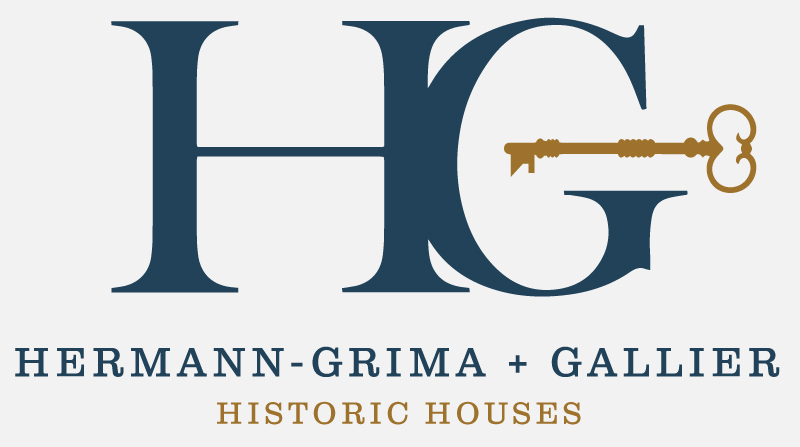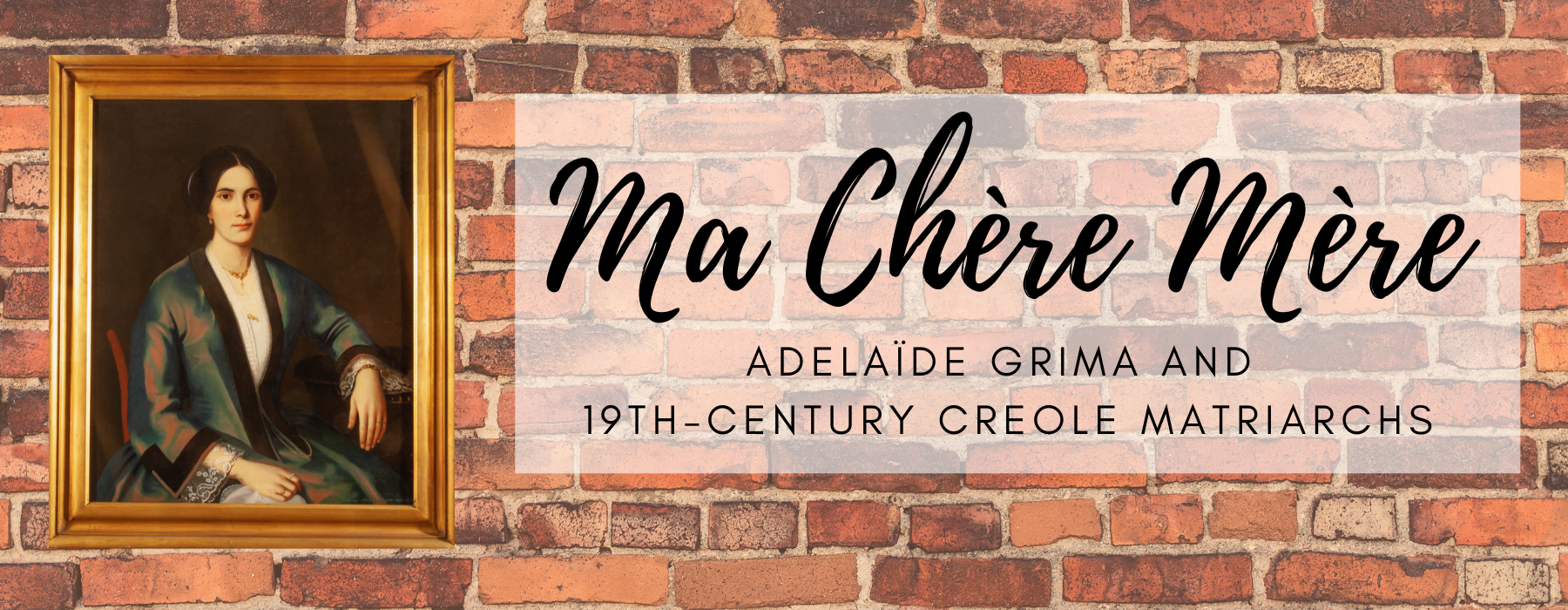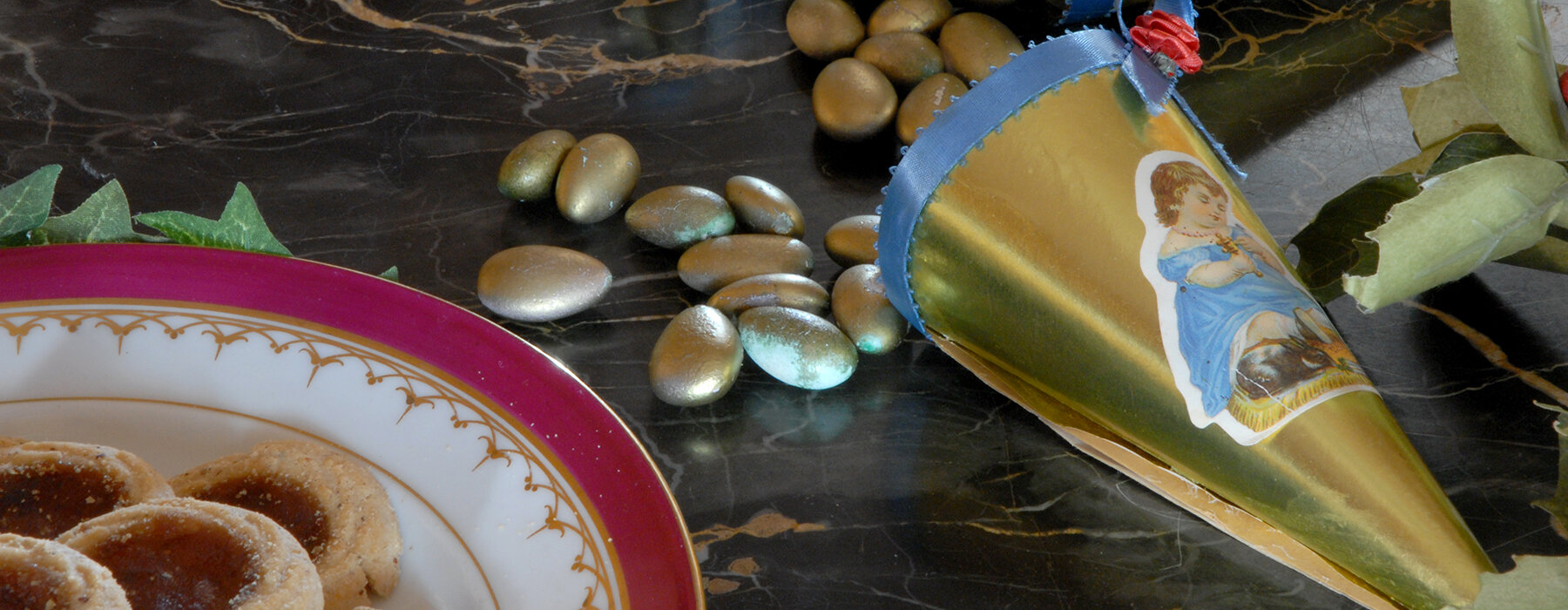Hermann-Grima + Gallier Historic Houses offers several special exhibitions throughout the year, keeping the Museum vibrant and engaging. We have several seasonal exhibitions annually, at each house, including special exhibitions for the Holidays, Summer Dress, and something a little bit spooky in October. We also have a wonderful calendar of rotating exhibitions in our gallery space at Gallier historic House and these special rotating exhibitions are always free and open to the public. There is always something new on view!
Mourning Dress
The attitude of mourning in a Creole household was indeed pervasive. It was everywhere, from the coffin in the parlor to the playthings in the nursery. Join us for the Creole Death and Mourning exhibition at Gallier House and tour the historic Victorian townhome in mourning. For Catholic Creoles in New Orleans, mourning rituals were an integral part of 19th-century life and a sincere effort to remember departed relatives and friends. This one hour guided tour runs October 5th through November 14th, 2022.
Holiday Dress
During the first half of the nineteenth century, the New Orleans holiday season was a two-week celebration, from Christmas Eve through January 8 (the anniversary of the Battle of New Orleans). Christmas was a time for religious observances and family; New Year's was for conviviality among friends, and January 8 was for commemorating the grand military victory with proper pomp and flourish. Join us throughout the Holiday Season, through 12th Night, as we celebrate Christmas at Gallier Historic House and New year’s at Hermann-Grima Historic House.
Rotating Exhibitions
Whether the impetus for their entrepreneurial pursuit was a family or community tragedy, a desire for independence, a creative passion, or simply to turn a profit, women in New Orleans have impacted every aspect of the city’s business landscape. Entrepreneurial Pursuits of Women in New Orleans, Then and Now shows how female entrepreneurs were and still are instrumental in shaping our culture, from food to crafts, real estate to education. Some built successful businesses only to give away their profits to charitable causes, or built orphanages, hospitals, or schools. Not all businesses positively impacted the city and surrounding area; many women profited from the labor of enslaved people. The abundance of local female business owners early on can be attributed to a few factors, including the financial independence provided them by the unique laws of Louisiana, based in the French code, and the presence of a large community of free women of color who were able to transact business like their white counterparts.
The exhibit examined the reasons female entrepreneurs from the 18th century to the present were able to thrive in Louisiana, and more specifically New Orleans. It highlighted specific women who broke barriers – whether racial, economic, political, or social—and how they inspired and continue to inspire future generations of women to follow in their footsteps.
Image courtesy of The Historic New Orleans Collection.
Summer Dress
During cool months in the late 1800s wealthy New Orleanians attended copious social functions, but a languorous void settled on the Crescent's dirt streets and decorous parlors during the summer. Warm weather heralded new challenges, dangers, and discomfort in the form of disease and oppressive heat and humidity. Carpets and rugs were uprooted, heavy draperies removed, and brocade and silk furniture were covered with white muslin to protect the fabrics and provide homes with cooler tones and textures. Join us at Gallier Historic House, from Memorial Day through Labor Day each year, and learn how 19th-century New Orleanians of means beat the heat in the summer months.









